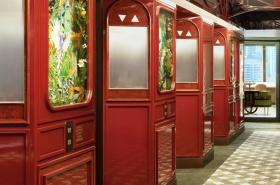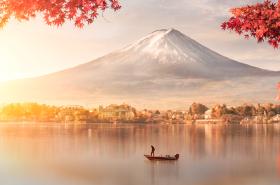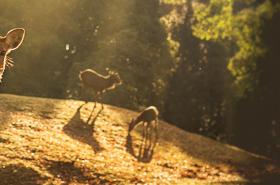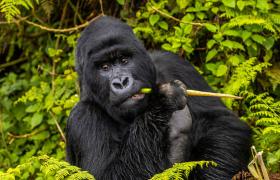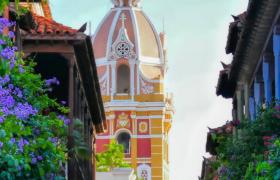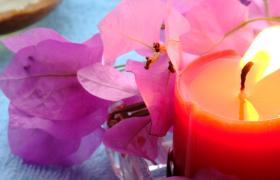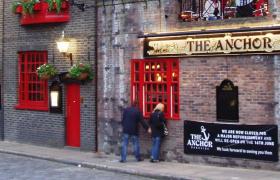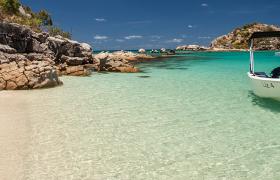It’s easy to get lost in Tokyo’s futuristic buzz, but hop aboard any number of super-fast bullet trains and within hours you’ll be exploring a very different Japan to the one that inspired the set design of Ridley Scott cult-classic, Blade Runner. With new routes opening up all the time too, getting off the beaten track in regional Japan has never been more appealing. Don’t let the language barrier put you off either. The Japanese are some of the politest people to be found and will often go out of their way to help you get where you need to go.
Nikkō
Stone Jizo statues Nikko.jpg
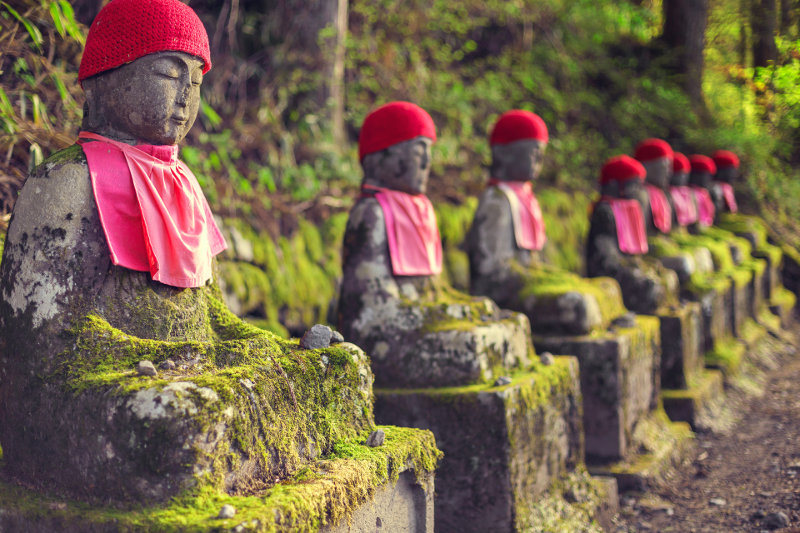
Enshrouded in misty mountains, the beauty of Nikkō hits the moment you leave the train station and start the short trek up to the World Heritage site of cherry-red Edo-period temples and shrines scattered in the woods just outside of town. Moss clings to the walls and ancient stone lanterns and the forests are filled with soaring cedar trees that, on a drizzly day, give the place a Twin Peaks feel.
Nikko monkeys.jpg
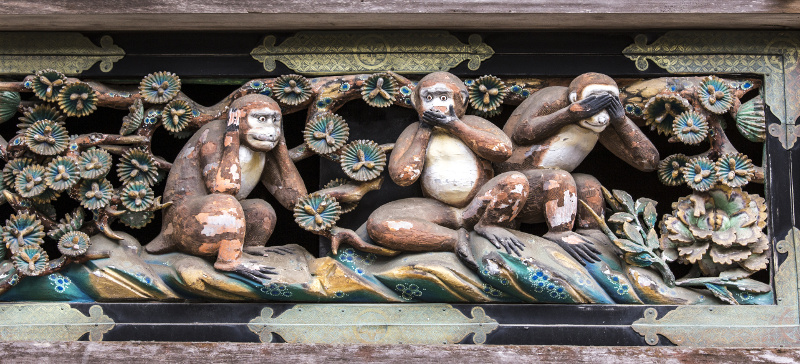
Just two hours from Tokyo, it’s also the birthplace of the Three Wise Monkeys (hear, see and speak no evil), a blink-and-you-might-miss-it carving over a door of the Tōshō-gū shrine. Though you can day trip, you’ll want to stay longer to soak up the atmosphere and explore the stunning surrounding national parks.
Hakone
Hakone lake.jpg
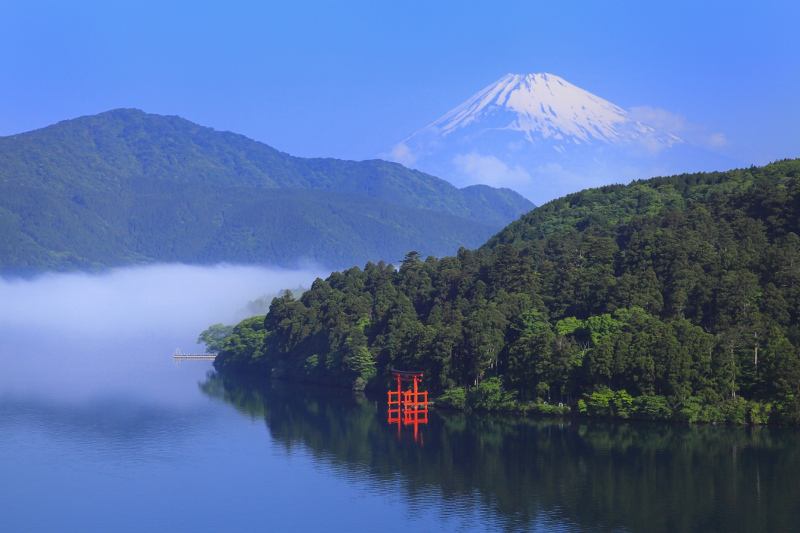
Nestled in the foothills of Mt Fuji, a speedy 85-minutes by train from Shinjuku, this may well be Tokyo’s favourite escape. Known for its natural hot springs and stunning Mt Fuji views, travellers flock to this mountainous resort town to spend a day or two shuffling between the town’s many onsen.
Hakone Owakudani Valley.jpg
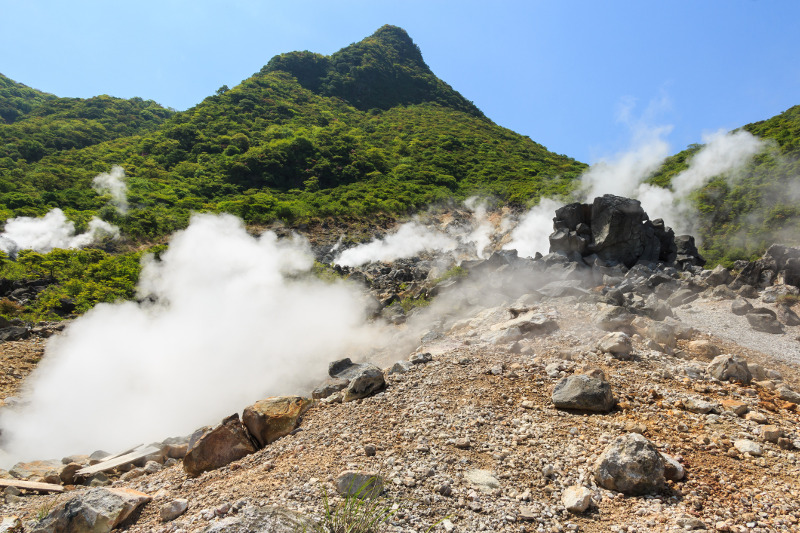
When the skin is pruned, be sure to explore Hakone Jinja, a Shinto shrine with red ‘torii’ gate; tour placid Lake Ashi by boat and view the boiling sulphur springs of Owakudani Valley from the Hakone Ropeway cable car. Hakone is also popular for hiking, in particular the historic Old Tokaido Highway that once connected old Tokyo with imperial Kyoto and where you can stop for tea at the Amazake-Chaya, the last teahouse on the Tokkaido.
More travel tales from Japan: The Other Golden Route
From the other side of the world: Day Trips from Toronto
Fukui
Fukui historic ruins.jpg
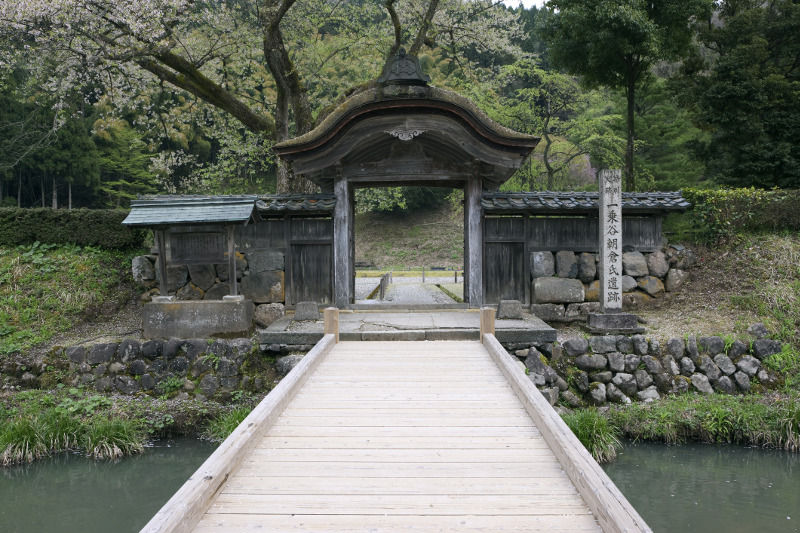
This tiny prefecture on the east coast of Japan may have the smallest population of all Japan’s regions, but what it lacks in people it makes up for in dinosaurs. They’re everywhere – animatronic ones outside the train station in Fukui City and dotting the villages on the drive to Katsuyama city, a geopark, where you’ll find the wonderful Fukui Prefecture Dinosaur Museum, one of only three in the world, and the nearby fossil dig.
Fukui Tojinbo.jpg
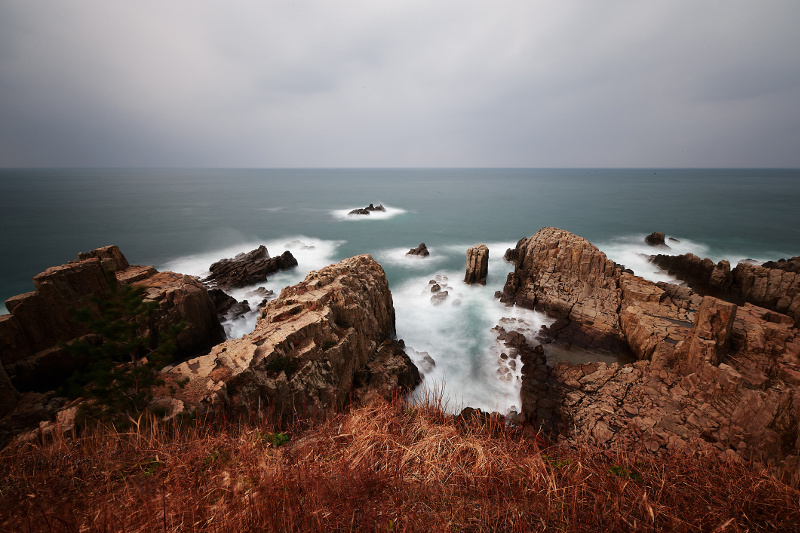
Dinosaurs aside, Fukui is where you can learn the art of Echizen paper-making, visit the peaceful Ichijōdani Asakura Family Historic Ruins, one of the most important cultural heritage sites in Japan, and gaze upon the breathtaking beauty of Tojinbo, precipitous basaltic cliffs on the Sea of Japan said to be haunted by the ghost of a corrupt Buddhist priest thrown to his death. It’s also the place to try local delicacy, Echizen crab.
Hida-Takayama
Takayama street.jpg
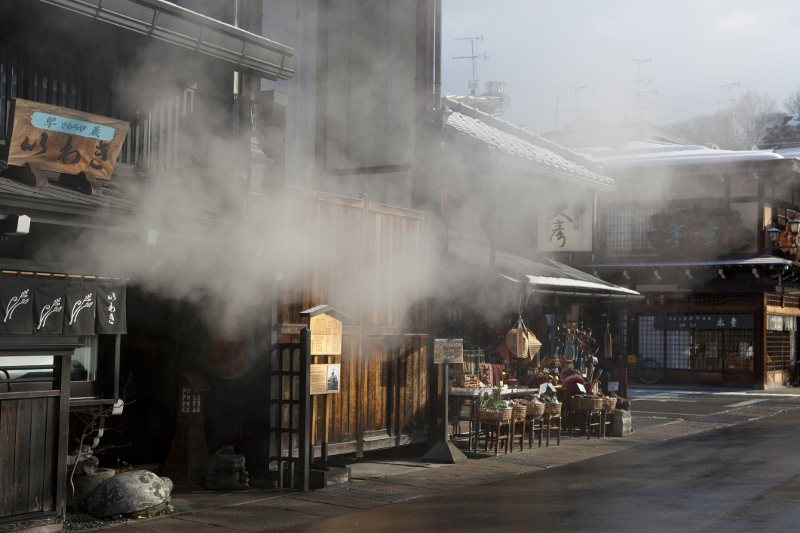
Known as the little Kyoto of Gifu, this small mountain town in Gifu Prefecture has one of Japan’s best-preserved old towns. Take the time to wander its tiny streets, a place of ancient temples, wooden merchant houses dating back to the Edo period, traditional sake breweries, small museums and crafts. It’s also where, twice a year, the town swells in size thanks to the Takayama Festival, a famous procession of ornate 17th century floats that, in autumn and spring, fill the streets at night. You can see the intricacy of some of the floats up close outside festival season at the Takayama Yatai Kaikan.
Shirakawa-go.jpg
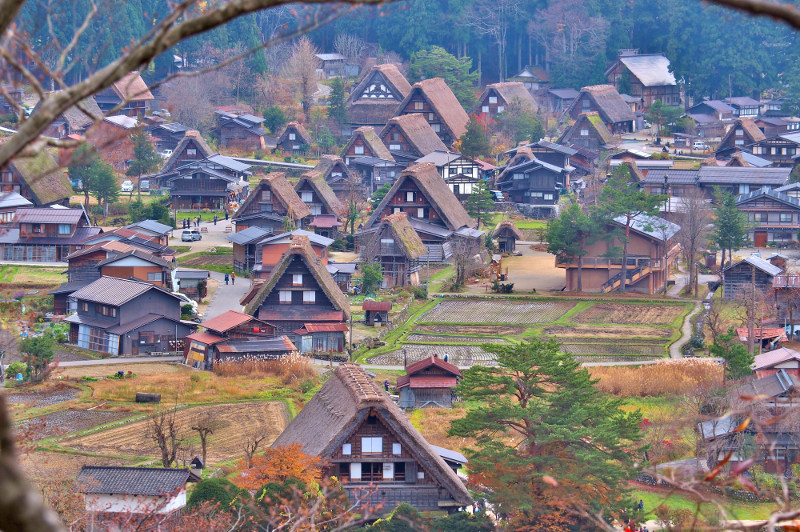
The Takayama Jinya, a former government outpost of the Edo period, is also worth a visit. While in town, sample the local Hida beef at one of several rustic restaurants. It’s considered the best wagyu beef in Japan. And if time permits, make the trip to the UNESCO world heritage site of Shirakawa-go and its gorgeous Toblerone-like traditional gassho-zukuri farmhouses.
*All photos courtesy of Getty Images



